Libraries Rock and Kids Will Be Groovin’
By Jennifer Bergen, Children’s Services Manager
It’s that time of year again when the Children’s Room is abuzz at the library. Kids are out of school and streaming in our doors, ready to find the perfect books for summer vacation. The annual Summer Reading program is underway with the super cool theme, “Libraries Rock!” Programs will highlight musical topics, and as always, all ages can join our summer reading challenge to see how much you can read, earning prizes along the way.
Children’s librarian Rachel Carnes has chosen some amazing picture book biographies to read during the Biblio Beatniks club for kids going into 4th-6th grade. Award winning authors Lesa Cline-Ransome and James E. Ransome created the gorgeously illustrated book, “Before There Was Mozart: The Story of Joseph Boulogne, Chevalier de Saint-George.” Joseph was born on a plantation in 1739, the son of an enslaved woman and a plantation master. He was provided an education and violin lessons, and became famous as a violinist and composer, performing at the same time as Mozart and getting equal sized crowds. Another week will feature Troy Andrews’s “Trombone Shorty,” describing the New Orleans musician’s determination to join the Treme brass band playing an instrument twice his size. Every week, kids will be inspired learning about a musician who beat the odds. They will also view fascinating short videos of performers, and create a musical instrument to take home.
In the weekly clubs for K-3rd graders, Ms. Grace will feature stories and music from different countries around the world, including Ghana, Iran, India, Japan, Ireland and Argentina. “The Girl with a Brave Heart” is a tale from Tehran by Rita Jahan-Fouruz that retells an old fairy tale. A child, who does not feel brave, must retrieve something from a scary neighbor. The old woman tells young Shiraz to complete 3 destructive tasks first, but Shiraz instead chooses to do helpful things. In return, the old women magically rewards her. However, when the tasks are repeated by Shiraz’s jealous stepsister, the result is not the same. Each book read aloud will provide interesting discussion from the kids, and they will get to watch some traditional music and dances.
Storytellers Jill, Hannah, Chelsea and Rachel plan to move and groove in storytimes. Preschoolers will explore various music genres – rock, jazz, hip-hop, country and more – through hilarious picture books and fun dance moves and songs. “Punk Farm” by Jarrett Krosoczka is always a crowd pleaser. When your favorite farm animals plug in the amp and put on their sunglasses, you know they are going to rock “Old MacDonald” like never before. Connie Schofield-Morrison’s spunky girl in “I Got the Rhythm” will make everyone want to stand up and clap, snap, shake and tap. Every page is full of movement and feeling with Frank Morrison’s illustrations exuding the joy of music. During interludes between stories, the children can shake and dance to songs like “Locomotion,” “Sweet Home Alabama,” and Kris Kross’s “I Missed the Bus.”
Even the toddlers and babies can participate with beautifully illustrated picture books set to the lyrics of favorite songs like “Octopus’s Garden” and Bob Marley’s “One Love.” Did you know Kenny Loggins has entered the ranks of children’s book authors with several picture books, including a special 2016 version of “Footloose“? Now Jack (“jump back”) is the zookeeper, and he’s “howlin’ with the wolf pack.” The book includes a CD with Loggins singing the silly and fun new lyrics so everyone can “slip on their dancin’ shoes” and cut loose.
In the tradition of storytelling, we are happy to host Richard Pitts this summer for “Stories with a Lot of Soul.” His stories from the African American tradition will include audience participation, drumming, and singing. Pitts describes them as “stories that make you laugh and be a little (not much) scared, and a few personal tales, too. There will be stories about animals and people, but all have a great moral to ponder.” On June 16, listening and participating with Mr. Pitts will be the perfect way to start off your Juneteenth celebration. Whether you are whistling, dancing, reading or rockin’ out, we hope you will find the perfect books, music and activities at the library this summer.


 NoveList Plus and Summer Reading
NoveList Plus and Summer Reading Life After The Magic Tree House
Life After The Magic Tree House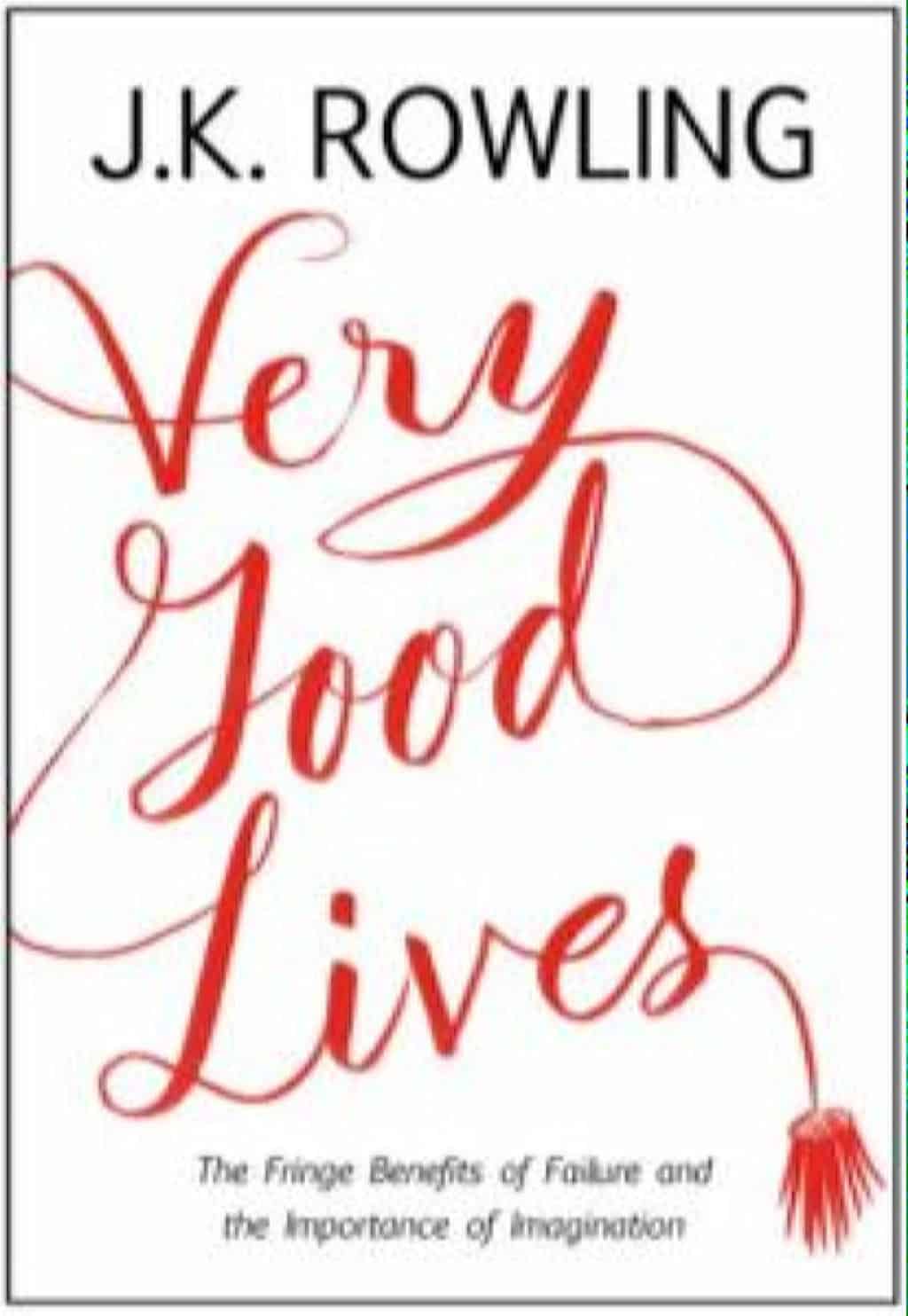 Books for Graduates
Books for Graduates In Praise of an Unlikely Hero
In Praise of an Unlikely Hero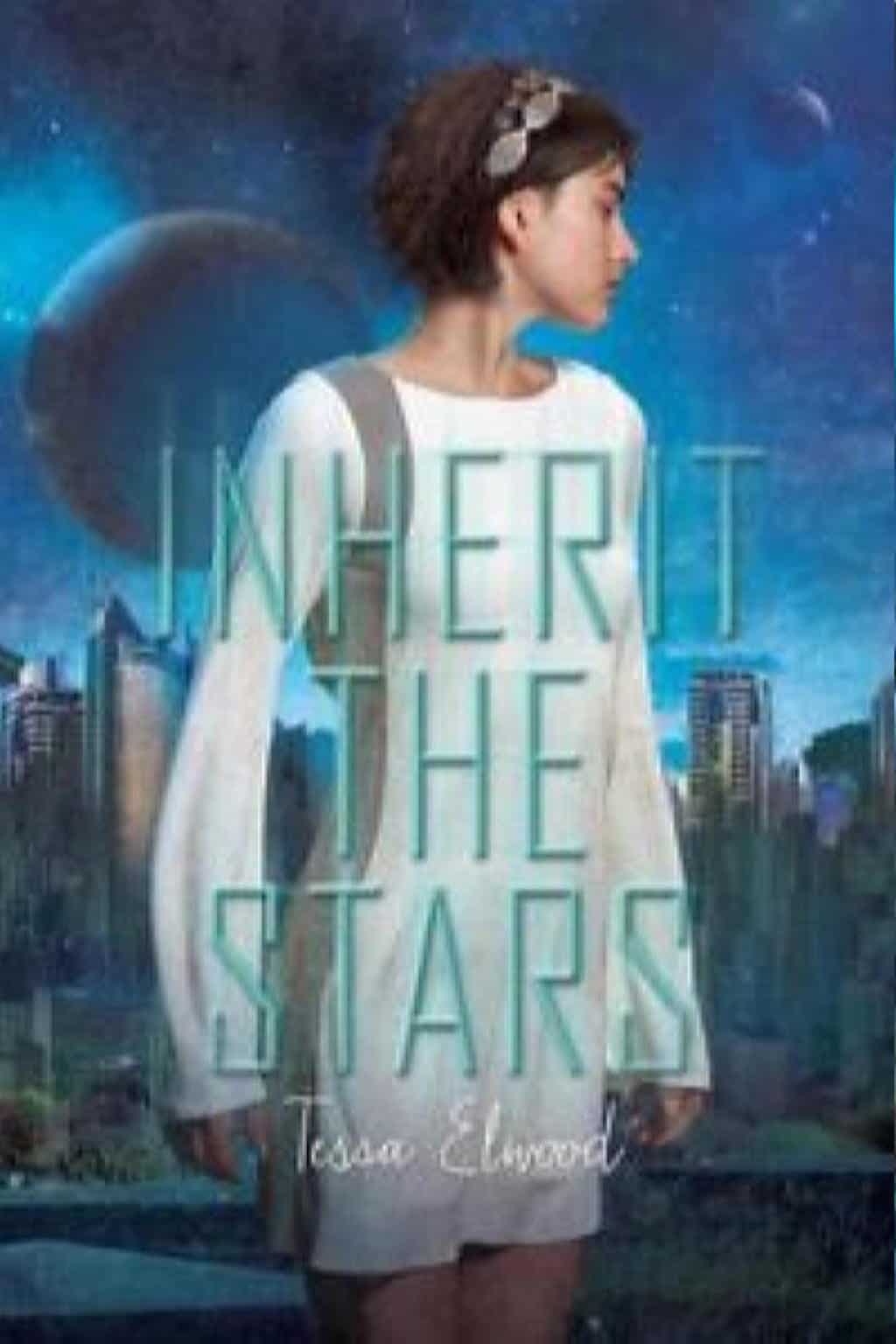 YA Sci Fi and Fantasy
YA Sci Fi and Fantasy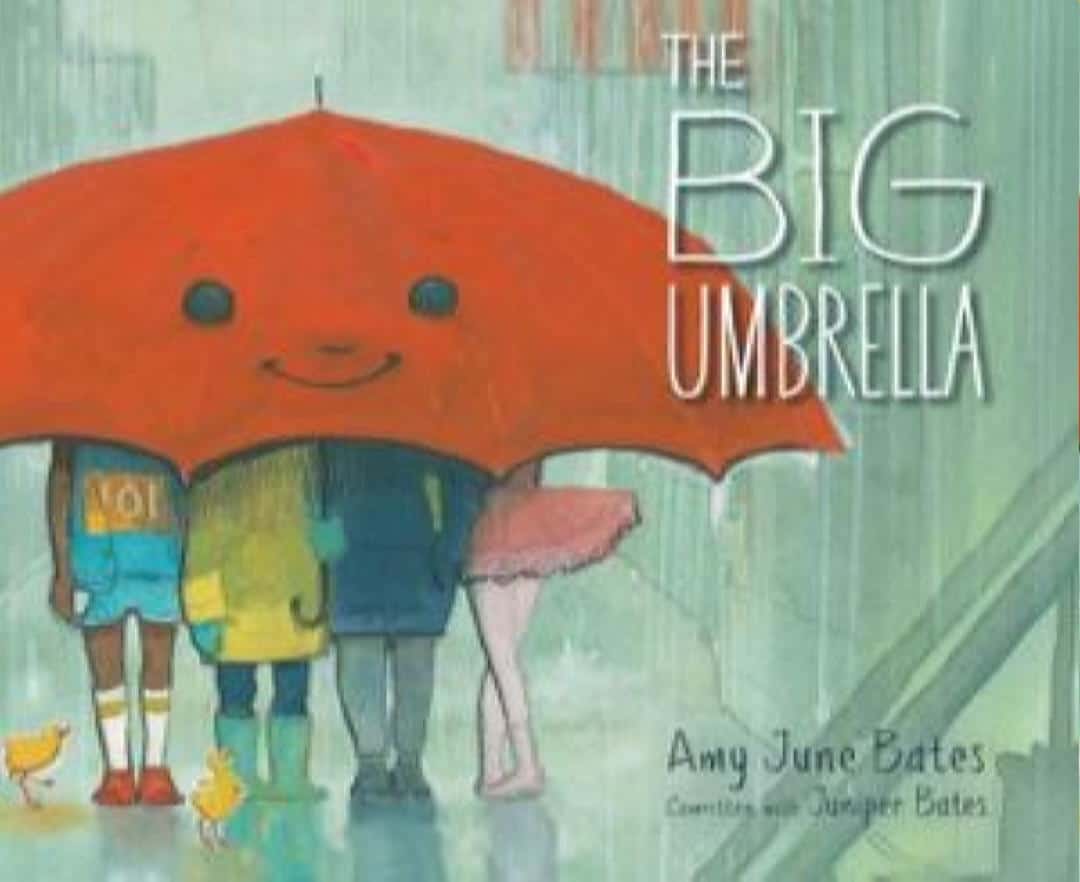 Delightful Picture Books for Spring
Delightful Picture Books for Spring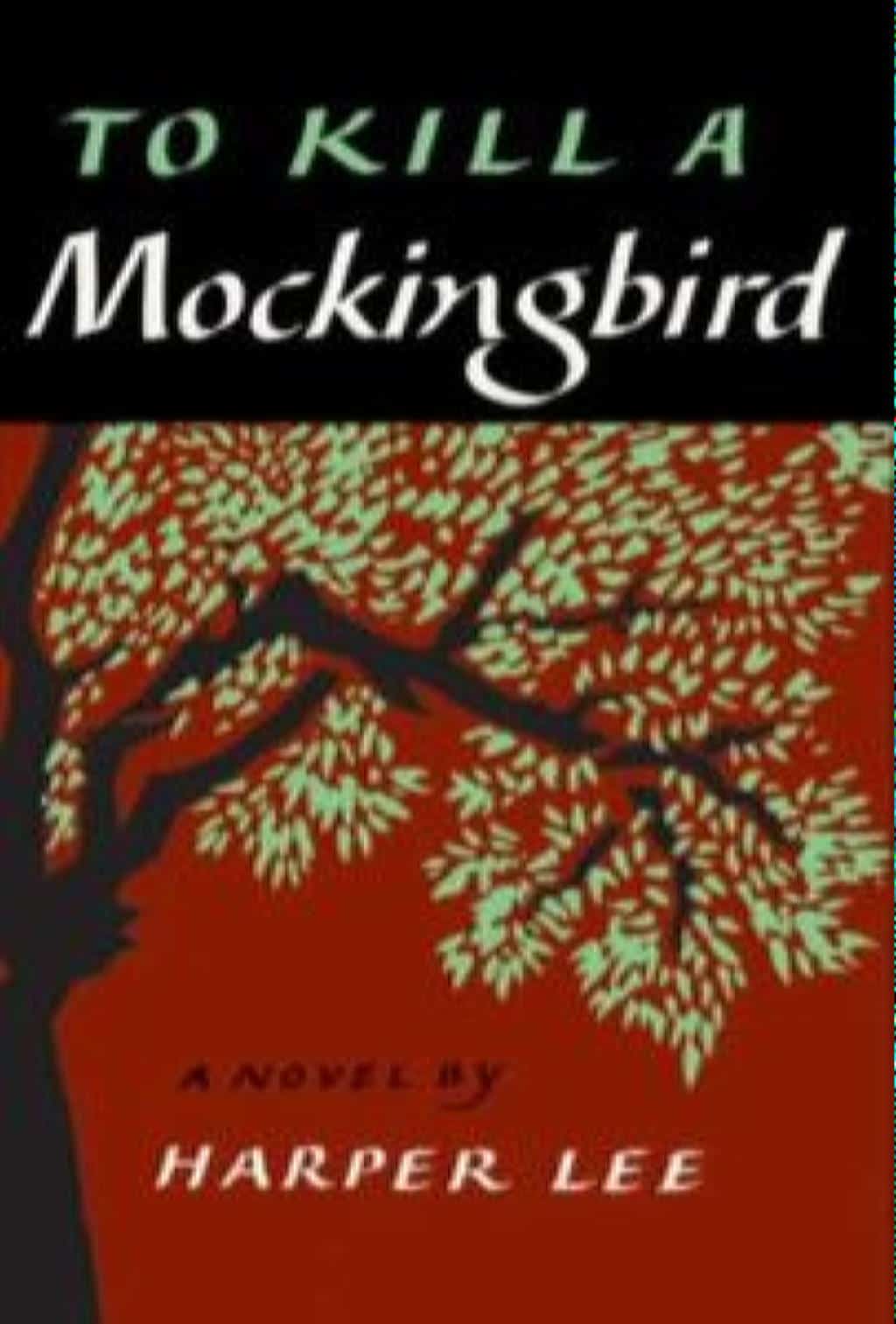 Have You Read These? You Should Have
Have You Read These? You Should Have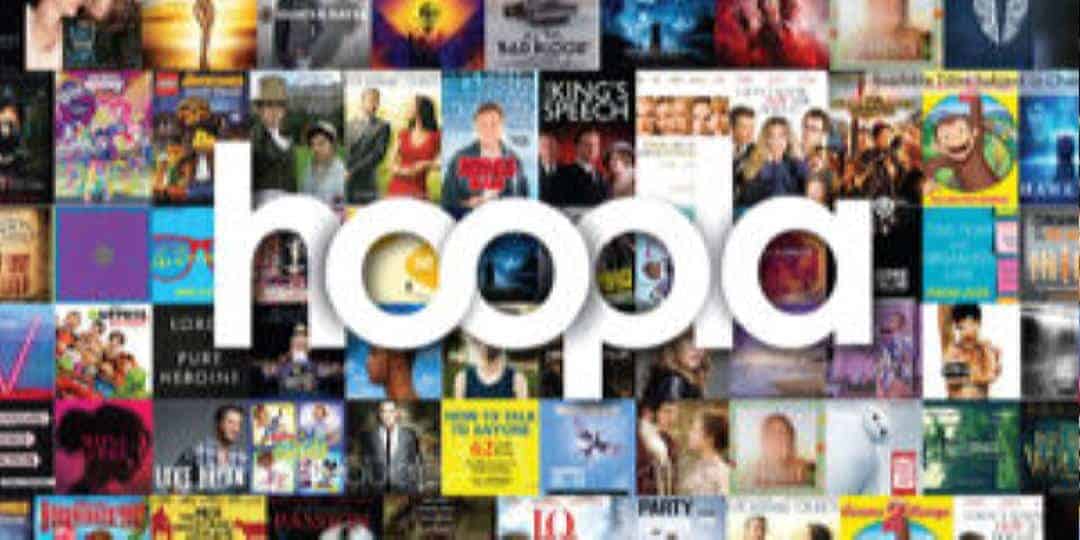 Library Resources
Library Resources